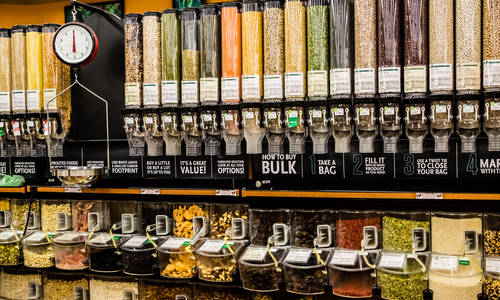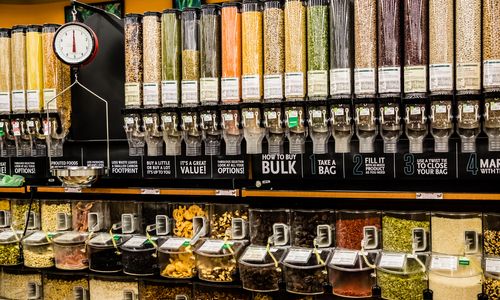

Food Day, which is Oct. 24 every year, is a nationwide celebration of healthy, affordable and sustainably produced food, and a grassroots campaign for better food policies. It aims to help people “eat real,” which means cutting back on sugary drinks, overly salted packaged foods, fatty factory-farmed meats and junky restaurant foods in favor of vegetables, fruits, whole grains and sustainably raised protein.
How can you “eat real,” every day, without breaking your bank? Here, Food Day uncovers how what’s good for your health and the environment can also be the best thing for your wallet.

1. Know your options
While you may be in the habit of dropping into the nearest grocery store, checking out the options and comparing prices of local farmers markets, community supported agriculture (CSA), and co-ops can save you money while giving you more bang for your buck. If your grocery store proves to be the best option, choosing house brand over name brand packaged foods can save you money.
2. Compare your options
Look at unit prices (typically per-pound or per-quart) rather than just the price tag. For example, though the price tag on a bag of pre-packaged spinach might read $2.99, the unit price could be much more expensive than even loose-leaf organic spinach.
3. Buy in bulk
You’ll create savings just by cutting down on packaging. Look for a bulk goods section the next time you go shopping (big self-fill containers often carry goods like rice, legumes, beans and dried fruits).
4. Buy seasonally
Not only is it less expensive, but eating seasonally can make it easier to buy locally grown and sometimes more nutritious produce. In the winter, canned, frozen and dried fruits and veggies are great options too.
5. Cook your own meals
Buying prepared food is expensive, while cooking your own meals can be an enjoyable experience that connects you to your food and gives you more control over sodium and sugar intake. No time? Prepare a big meal over the weekend, then store it in the refrigerator or freezer to eat as the week goes on. Better yet—cook together with friends or family! Looking for recipes? Here are some Food Day favorites. Or check out the Capital Area Food Bank’s Healthy Recipe Database.
If you count up the dollars you spend every week on food, including fast food meals, morning cups of coffee, muffins, bagels, doughnuts and vending machine snacks, you might be surprised how easy it is to change your eating habits and “eat real” on a budget.
——–
YOU MIGHT ALSO LIKE
6 Spring Foods to Buy at the Farmers Market
11 Ways to Vote With Your Fork
How to Limit Added Sugar in Your Diet
——–

 233k
233k  41k
41k  Subscribe
Subscribe 